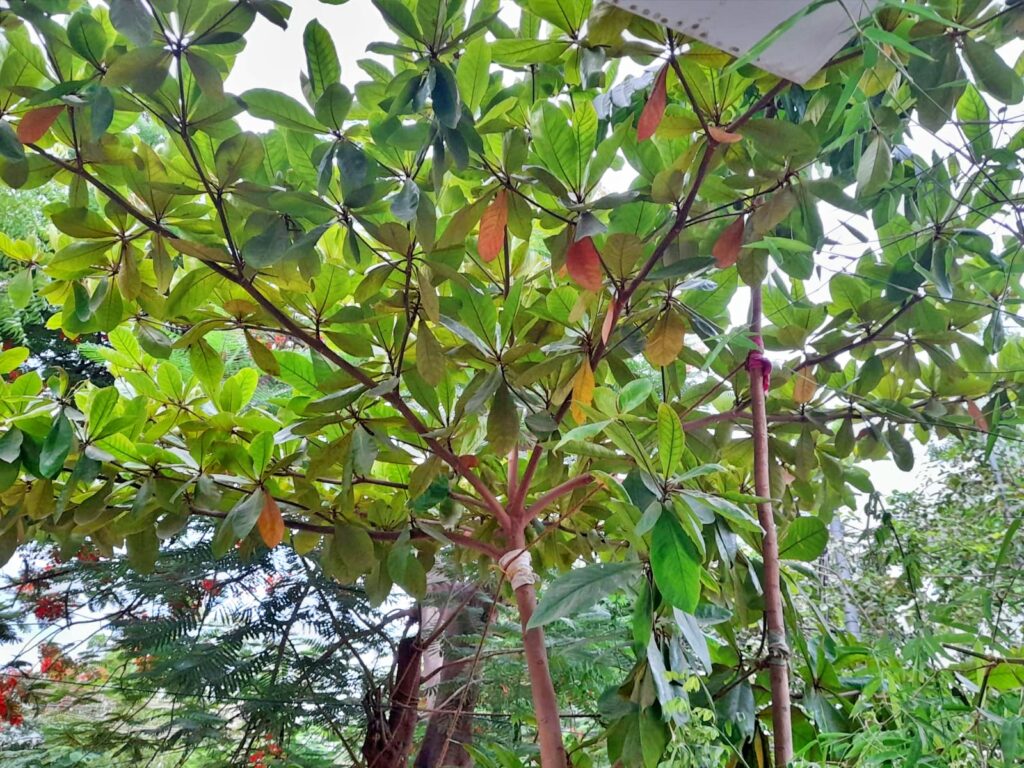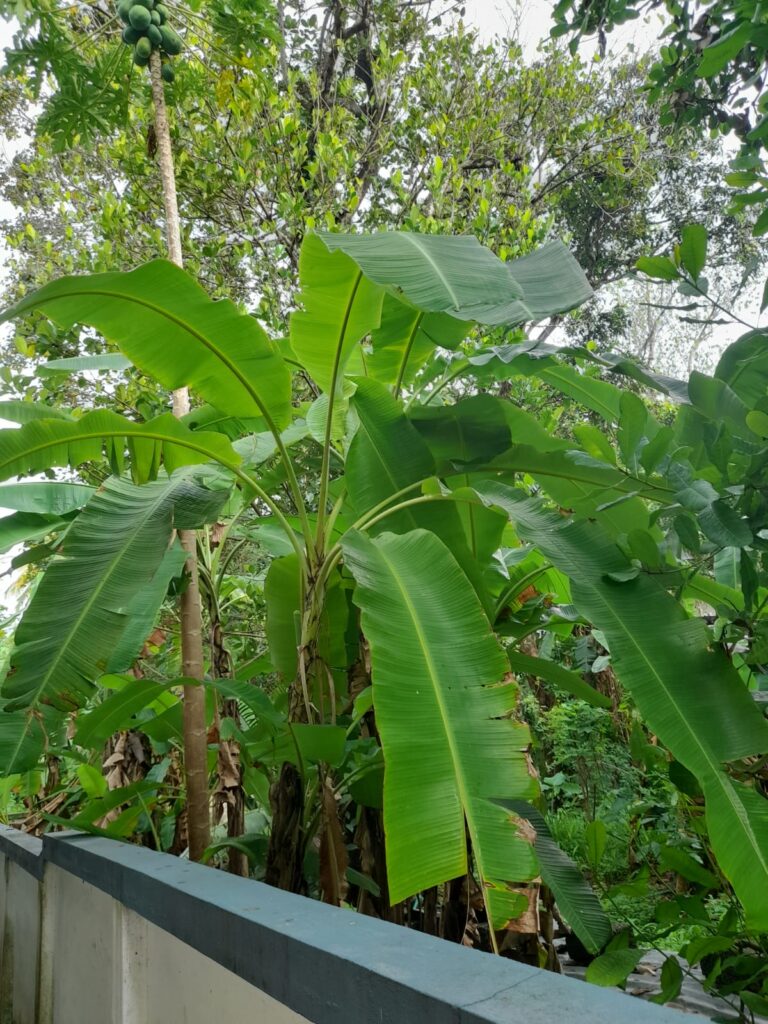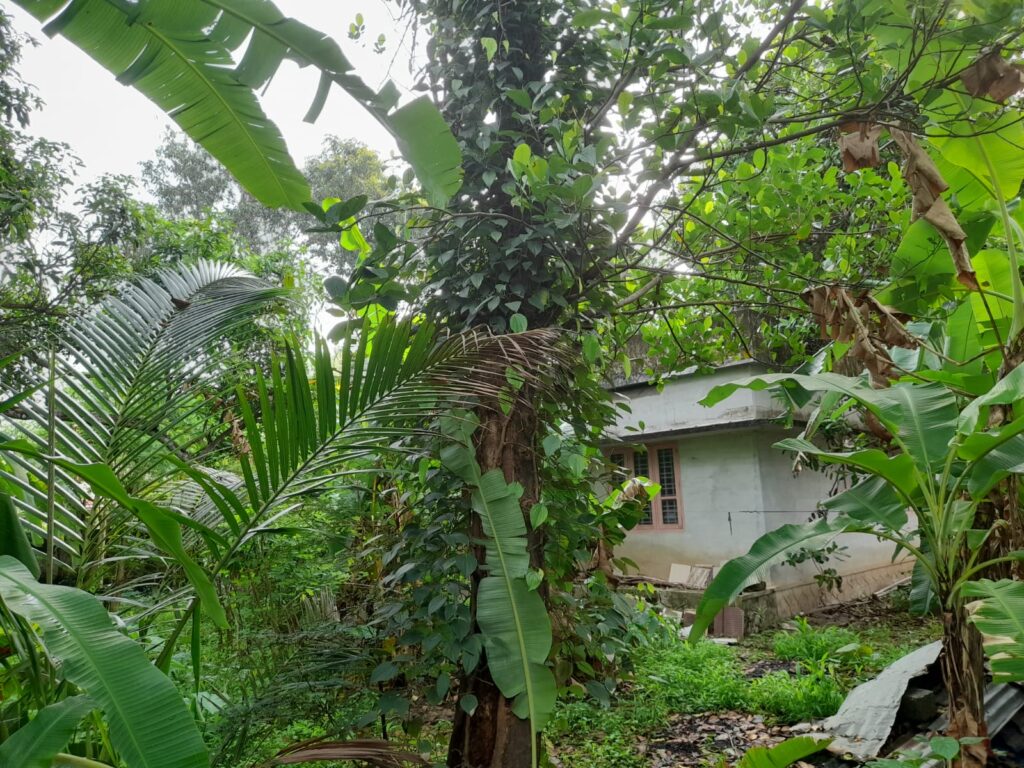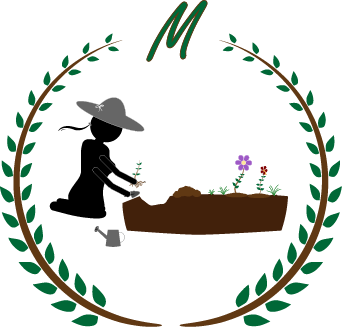The eight layers of a food forest
A food forest is a food production system that mimics natural woodland ecosystems. It is also called as forest gardening. Woodlands have trees and shrubs however in food forests trees and shrubs are replaced with fruits, vegetables, herbs and flowers. These can be consumed by humans. Forest gardening has been practised by indigenous people for a very long time. Unlike modern agriculture that has had disastrous effects over a long period of time, food forests are more sustainable.
Eight layers of a food forest
1. Canopy Layer
Trees that are 9 metres tall are grown in this layer. Lots of fruit and nut trees like jamun, almonds, walnuts, and mango are grown here. A lot of timber trees can be grown in this layer. This layer can be added to the food forest when the land covers a large area.

2. Sub Canopy Layer
This layer consists of trees that are 6 to 9 metres tall. This can be the first layer in a backyard food forest. Fruit trees like orange, apple, bananas and papayas can be grown in this layer. Cassava can also be grown in this layer. This layer helps to provide shade for shorter plants.

3. Shrub Layer
Plants that grow upto 3 metres are included in this layer. Some examples include raspberries, blueberries, guavas, sapota, malabar nut and coffee.

4. Herbaceous Layer
Plants that grow no higher than 3 metres are grown here. Most of the vegetables and herbs can be grown in this layer. Grass such as vetiver and lemongrass can also be grown in this layer.

5. Ground Cover Layer
Plants that grow closer to the ground compared to the vegetables that are grown in herbaceous layer are grown in this layer. Some of the common examples include watermelon, sweet potatoes and pumpkin.
6. Rhizosphere
Root crops such as raddish, carrots, beetroot and turnips are grown here. Since these crops have shallow roots they do not disturb other plants.

7. Vertical Layer
All climbers can be grown here. They do not need any trellis and they can use the trees to climb. Gourds can be grown here. Some other examples include pepper, beetle leaf and devils backbone.

8. Mycelial Layer
This is an additional layer in a food forest. Most mushrooms and fungus grow in this layer. In a natural forest we can see lots of fungus that grow in the roots of the soil. They form a symbiotic relationship with other trees in the forest.

Read more:
- What are permaculture principles?
- Benefits of landscaping with native plants.
- Plants that attract beneficial insects.
